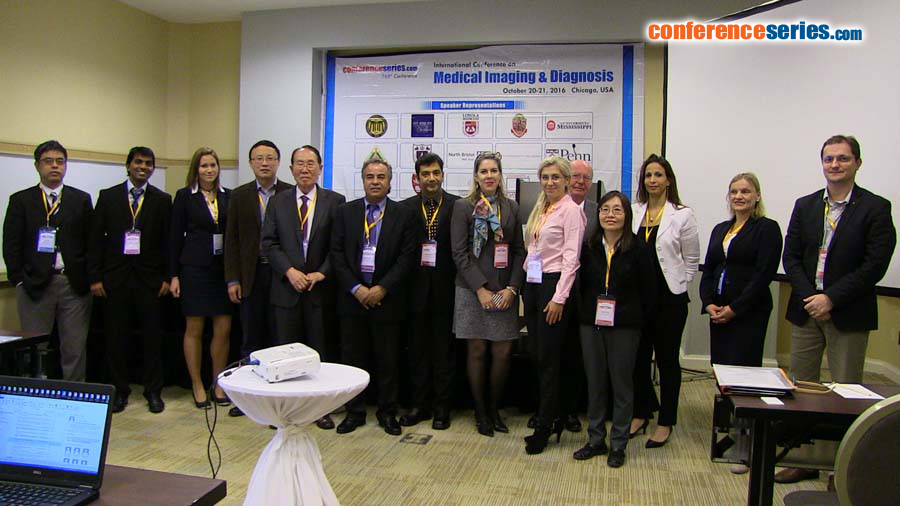
Daniel Pastore
Sao Paulo University School of Medicine, Brazil
Title: Postoperative knee ligament reconstruction: What should be evaluated?
Biography
Biography: Daniel Pastore
Abstract
Anterior cruciate ligament (ACL) lesion is the most frequently observed lesion among athletes. Cruciate ligaments are the center of knee kinematics and responsible for the primary restraints to anterior and posterior stability of the knee. These ligaments also maintain articular bone surfaces in contact and are capable to resist multiple combined forces and movements. One third of the cases in patients with ACL lesions will present osteoarthrosis in the future. Thus, it is extremely necessary to develop a more individualized treatment, considering some variables related to surgical intervention, such as ligament rupture grade, meniscal tears and lifestyle. The objective of this study is to demonstrate ligament anatomy, surgical principles and graft classification (structure constitution, fixation method and rehabilitation). It is also our aim to discuss imaging methods (radiographic studies, magnetic resonance, CT-arthrography and MR-arthrography) by illustrating clinical cases and post surgical complications. A correct interpretation of imaging aspects along with clinical evaluation are keys to a successful treatment.



